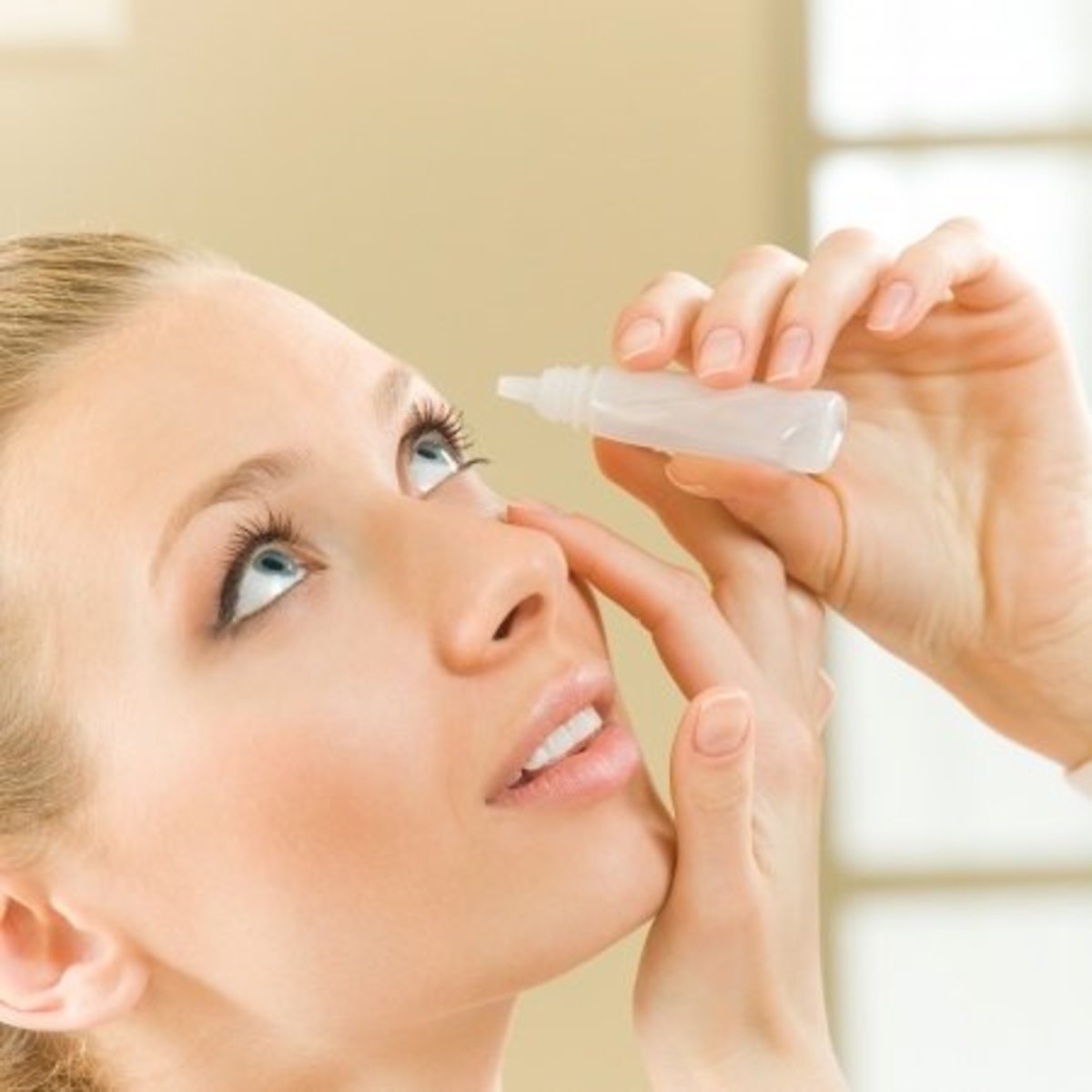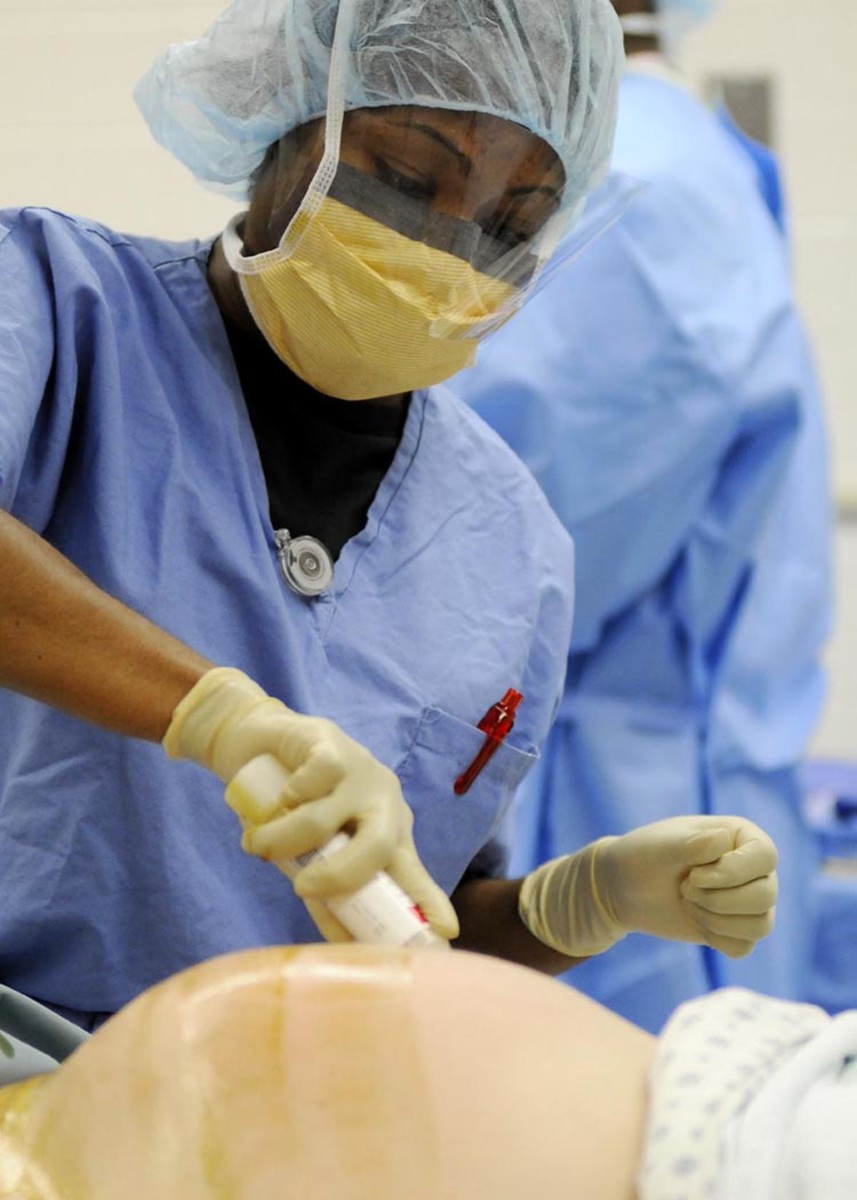How to Avoid Sexually Transmitted Diseases
Which STDs can be cured and which can only be treated? For STDs that can only be treated, would you always be contagious? What are the most effective methods to prevent their spread to yourself and your partner? What should you do if you are diagnosed with an STD?
Sexually transmitted diseases (STDs) are diseases that are caused by a sexually transmitted infection that produces symptoms (Hales, 2013, p. 346). STDs can last a lifetime, put stress on relationships, causes medical complications, impair fertility, causes birth defects, leads to major illness, and death (Hales, 2013, p. 346). There are two main types of STDs, viral and bacterial; bacterial STDs can be cured with antibiotics if the treatment is started quickly enough while viral STDs cannot be cured, but they can be managed with medications (Understanding Treatment for Sexually Transmitted Disease, n.d.). Some well-known STDs that are treatable are chancroid, scabies, syphilis, trichomoniasis, vaginosis, chlamydia, crabs (Lice), and gonorrhea (The list of Curable and Incurable STDs, 2005).
There are also STDs that are considered cureless, only the symptoms can be treated, HIV/AIDS, hepatitis, and genital human papillomavirus (HPV) cannot currently be cured (The list of Curable and Incurable STDs, 2005). However, people can be vaccinated against hepatitis, but the vaccine is only effective if it is given before the person contracts hepatitis (The list of Curable and Incurable STDs, 2005). Cureless STDS remain contagious even after they are treated for their symptoms. For instance, even if someone with HIV / AIDS goes through antiretroviral therapy (ART) they still carry the virus in them and it is still contagious (HIV Transmission, 2015). Hepatitis B can be managed with therapy and adrenocorticosteroids, but neither of these treatments reduces the contagion factor (Hepatitis B, n.d.). The warts that come from HPV can be treated, however, even though the symptoms can be treated fully the virus still remains fully contagious and the treatment does not reduce the risk of contagion at all (What Patients Should Know When They Are Diagnosed with Genital Warts, n.d.).
In order to stop the spread of STDs people should use counter measures when engaging in sexual activity. The easiest way for a person to remain safe from STDs is to abstain, be faithful, and use condoms (Hales, 2013, p. 349). People should also make sure that they remain up to date on their vaccinations as there are vaccinations that can prevent certain STDs, like hepatitis. If a person believes they may have contracted an STD, they should seek treatment from a doctor as soon as possible (Hales, 2013, p. 349). If the doctor diagnoses the person with an STD then the person should make sure to follow the doctor’s advice, take any medication prescribed, figure out who gave them the STD and inform the person in case he or she was unaware, and the person should be upfront with all future partners about the STD they have and the possible risks (Hales, 2013, p. 349).
References
HIV Transmission. (2015, April 27). Retrieved November 4, 2015.
Hales, D. (2013). An invitation to health: Live it now! (16th ed.). Stamford, Conn.: Cengage Learning.
Hepatitis B. (n.d.). Retrieved November 4, 2015, from http://www.who.int/csr/disease/hepatitis/whocdscsrlyo20022/en/index1.html
The list of Curable and Incurable STDs. (2005, April 2). Retrieved November 4, 2015, from http://www.std-gov.org/stds/std.htm
Understanding Treatment for Sexually Transmitted Disease. (n.d.). Retrieved November 4, 2015, from http://www.webmd.com/sexual-conditions/understanding-stds-treatment
What Patients Should Know When They Are Diagnosed with Genital Warts. (n.d.). Retrieved November 4, 2015, from http://www.cdc.gov/std/hpv/common-clinicians/insertgw.pdf








